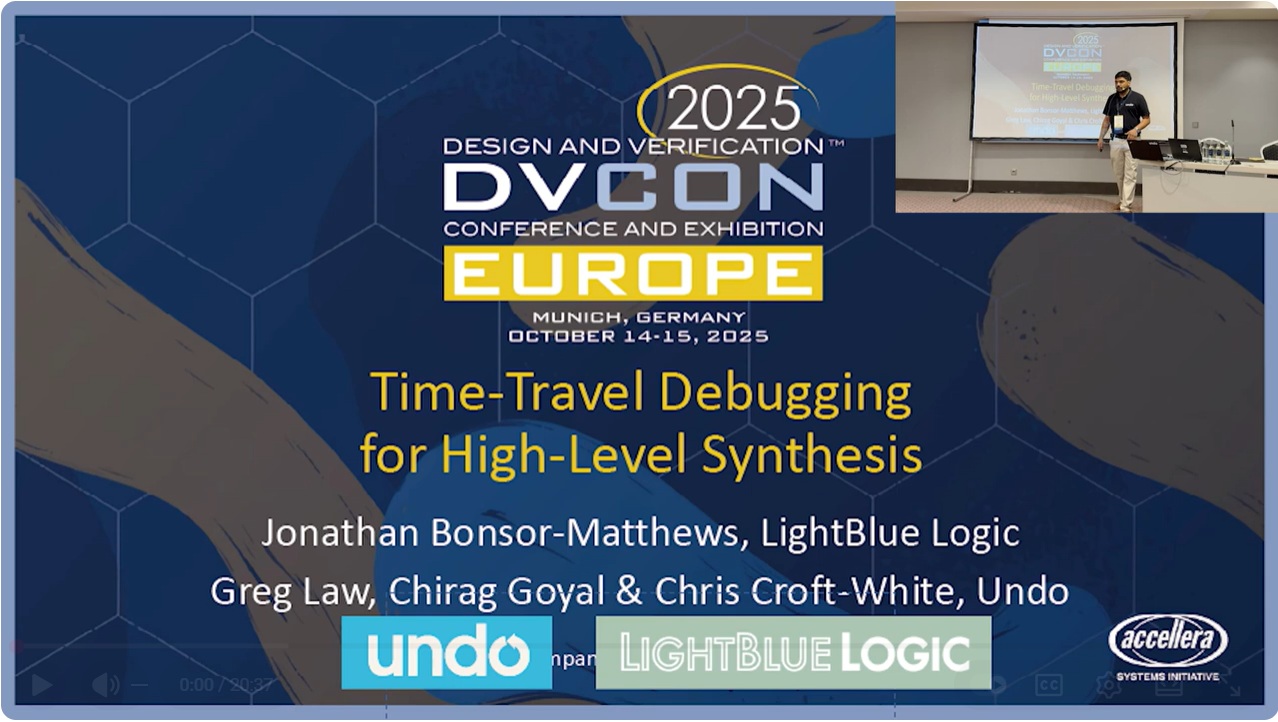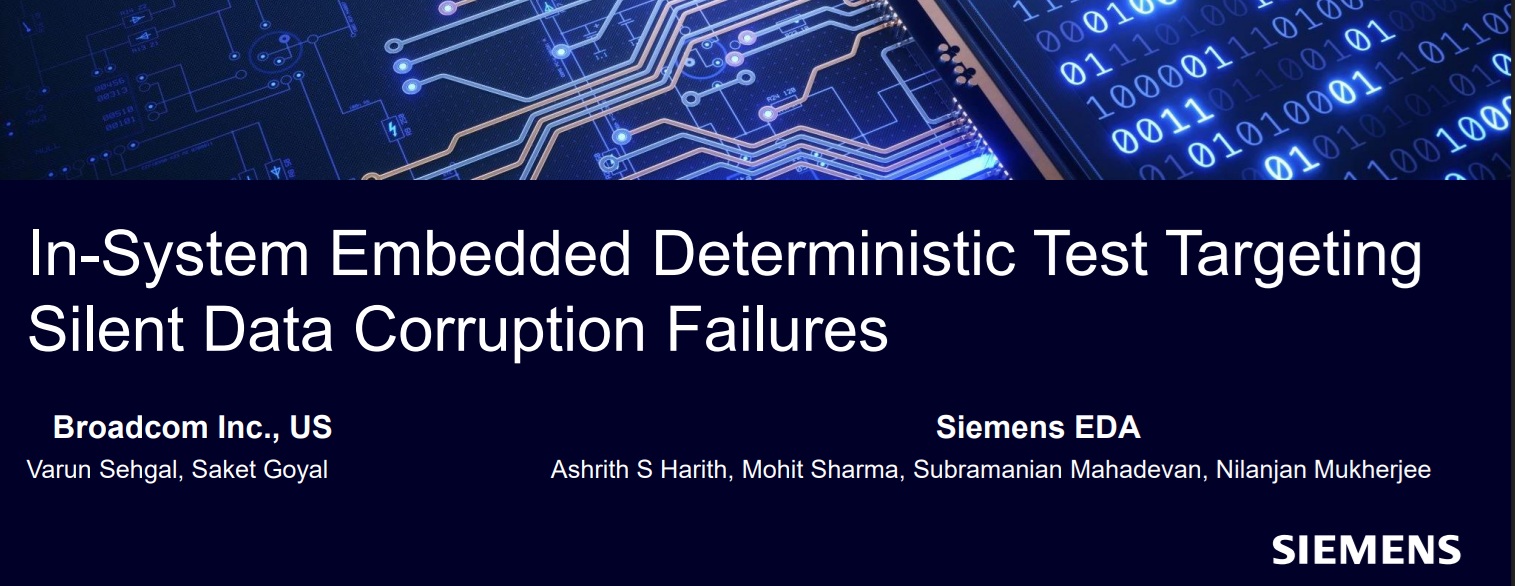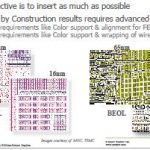The Linley Group is well-known for their esteemed Microprocessor Report publication, now in its 28th year. Accompanying their repertoire of industry reports, TLG also sponsors regular conferences, highlighting the latest developments in processor architecture and implementation.
One of the highlights of the conference… Read More










Quantum Advantage is About the Algorithm, not the Computer